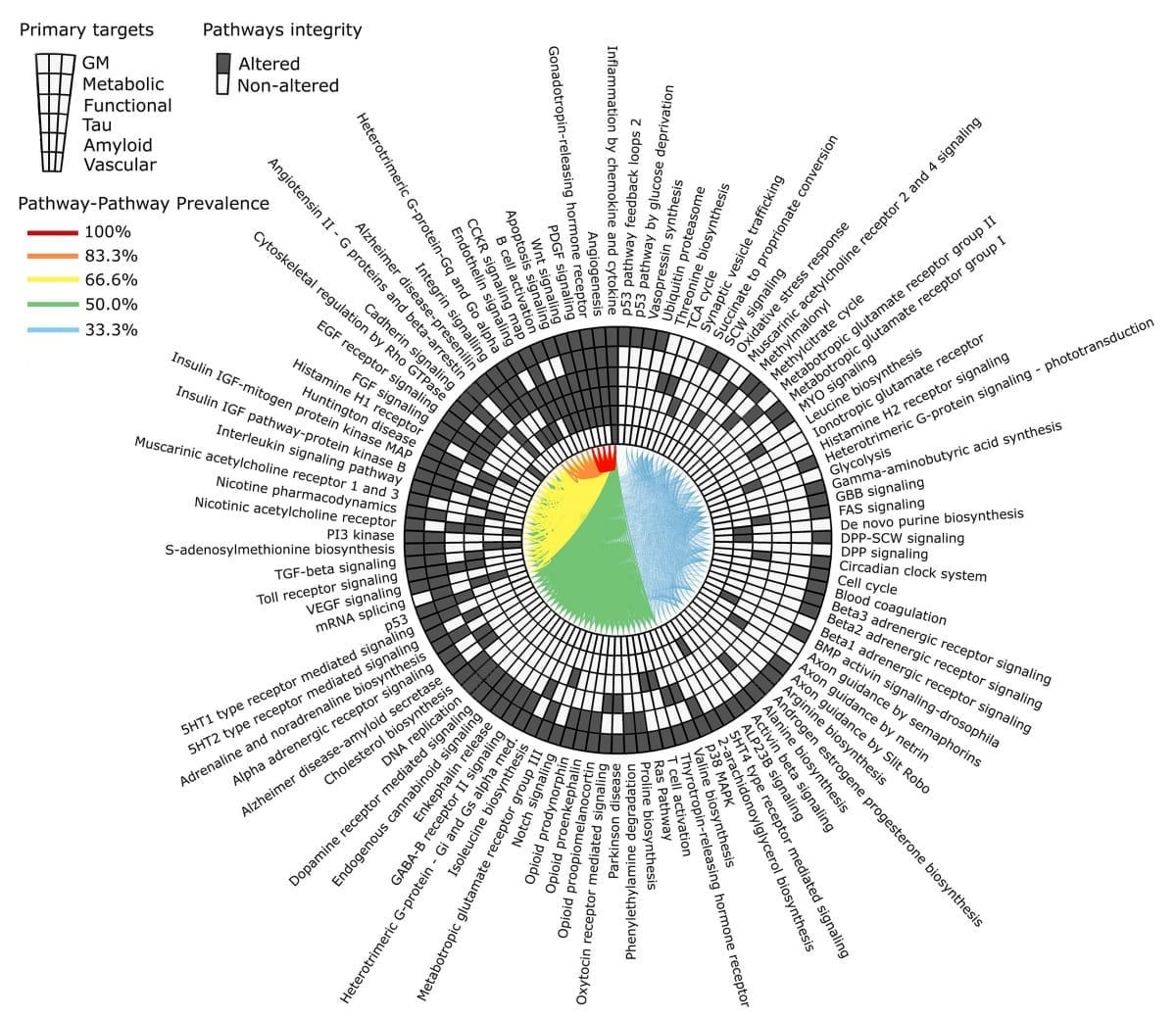A new drug developed by scientists at the Florey Institute of Neuroscience, and the School of Chemistry and Bio21 Institute at the University of Melbourne has dramatically improved clinical and cognitive symptoms of motor neurone disease, also called amyotrophic lateral sclerosis.
Motor neurone disease is a progressive, fatal neurodegenerative disease. Its key hallmark is the death of the brain cells that control muscle movements. This results in muscle weakness and eventually paralysis.
Patients usually die of respiratory failure within three years of diagnosis, and there are no treatments or disease-modifying therapies available.
In this dose-finding trial involving 32 patients, the group given the highest amount of the CuATSM compound showed improved lung function and cognitive ability, compared to the predicted declines observed in standard-of-care patients.
Further, treated patients showed a much slower overall disease progression as measured by a global disability score.
The clinical trial was led by Professor Dominic Rowe at Macquarie University, and Associate Professor Susan Mathers at Calvary Health Care Bethlehem, and sponsored by Collaborative Medicinal Development Pty Ltd with support from FightMND.
Professor Ashley Bush, Chief Scientific Officer of Collaborative Medicinal Development and director of the Melbourne Dementia Research Centre, said “This is the first human evidence for a disease-modifying drug for motor neurone disease. It is a huge breakthrough, and we look forward to confirming the positive results in a larger study soon.”
Associate Professor Kevin Barnham of the Florey, Associate Professor Anthony White at the Queensland Institute of Medical Research, and Professor Paul Donnelly and Associate Professor Peter Crouch from the University of Melbourne, developed and tested CuATSM over a 15-year period.
After showing its therapeutic potential for motor neurone disease in pre-clinical models, the researchers founded a company and licenced the compound to Collaborative Medicinal Development, to take the drug into human studies.
Professor Donnelly said, “It is gratifying to see such promising results made possible by collaborative fundamental research at the interface between chemistry and biology.”
Learn more: Motor neurone disease breakthrough: Patient trial shows impressive clinical results
The Latest on: Motor neurone disease
[google_news title=”” keyword=”motor neurone disease” num_posts=”10″ blurb_length=”0″ show_thumb=”left”]
via Google News
The Latest on: Motor neurone disease
- Coronation Street newcomer Denny threatens Bernie over her secreton May 1, 2024 at 1:00 pm
Coronation Street 's new villain Denny has taunted Bernie Winter over a dark secret from her past. Paul Foreman's father has arrived in Weatherfield to reunite with his son after hearing him speaking ...
- Coronation Street's Bernie Winter tells a shocking death lieon May 1, 2024 at 3:39 am
Coronation Street's Bernie Winter resorts to lying about the 'death' of her son Paul Foreman in Wednesday's episode (May 1).
- Over €60k raised for Cork dad battling 'aggressive' motor neurone disease after shock diagnosison May 1, 2024 at 2:57 am
This latest campaign is just another example of amazing generosity in the Rebel County. Earlier this month, we also saw over €100k raised for the family of a Cork father who lost his life in a tragic ...
- Scarborough footballers prepare for 12-hour marathon match to help raise funds for Motor Neurone Disease Centreon May 1, 2024 at 2:17 am
A group of Scarborough footballers are warming up for a 12-hour match to help raise money to build a new Motor Neurone Disease centre in Leeds.
- My husband has MND and we rely on PIP to get by – I’m scared about the changeson April 30, 2024 at 10:00 pm
Use precise geolocation data and actively scan device characteristics for identification. This is done to store and access information on a device and to provide personalised ads and content, ad and ...
- Welcome to a world where we can cure blindness, chronic pain and neurological diseases with 3D printed surgical implantson April 29, 2024 at 10:29 am
Science X is a network of high quality websites with most complete and comprehensive daily coverage of the full sweep of science, technology, and medicine news ...
- Late Charlie Bird's documentary "Ransom '79" hits Irish cinemas in Mayon April 29, 2024 at 6:19 am
Veteran investigative journalist and Mother Neurone Disease advocate passed away in March this year. Now his final story, the documentary "Ransom '79" is being released in Irish cinemas on May 24.
- Motor neurone disease: How you can help Kiwis living with MNDon April 22, 2024 at 11:25 am
Recognising the power of kōrero, Motor Neurone Disease NZ is highlighting the disease, and again launching its fundraising initiatives: Cuppa Tea for MND and the iconic MND Ice Bucket Challenge to ...
- What is MND? Motor Neurone Disease explained as Rob Burrow continues fighton April 19, 2024 at 4:00 pm
Dr Brian Dickie, director of research at the Motor Neurone Disease Association, said: “It often takes a year from the first onset of symptoms to receiving a diagnosis of MND.” But he said “innovative ...
- Men support Motor Neurone Disease Associationon April 18, 2024 at 1:57 am
Northampton Male Voice Choir (NMVC) continues to work tirelessly in support of great causes and, from its fundraising activities during 2023, the choir has donated £2000 to the Motor Neurone Disease ...
via Bing News












